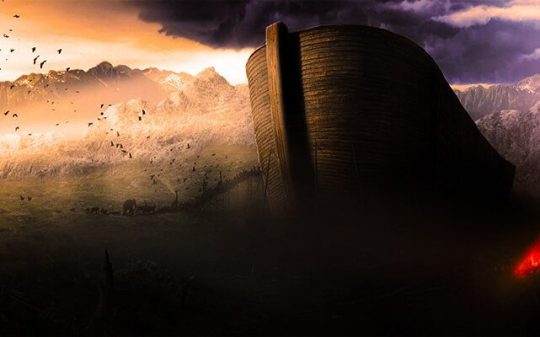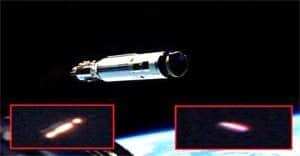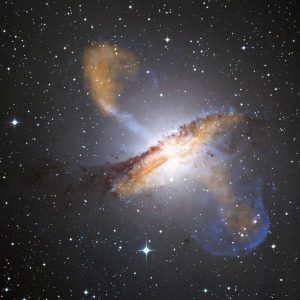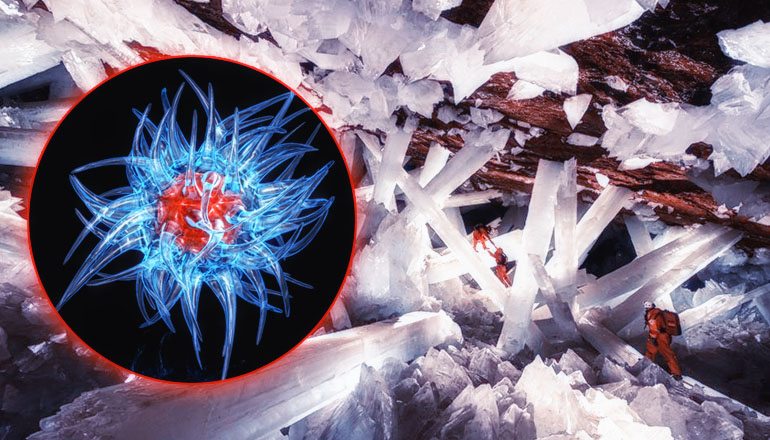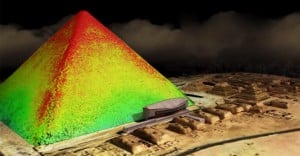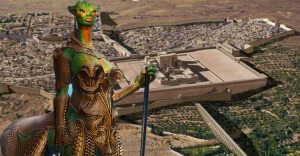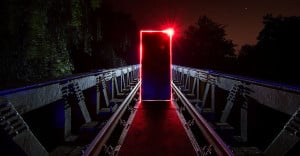In their search for conclusive evidence of the Great Flood, researchers have come across giant boulders carried inland by an ancient mega-tsunami.
Supporter of the second theory involving a worldwide deluge is Bruce Masse, an environmental archaeologist at the Los Alamos National Laboratory. His idea is focused on a misinterpreted scientific fact of asteroid impact. According to Masse, such events occur more often than firstly anticipated. He believes that the last major celestial body had impacted Earth around 5,000 years ago. At that point, a 3-mile wide comet crashed into the Indian Ocean, off the coast of Madagascar.
The event caused havoc across the entire globe, as 600-foot tsunamis wiped out entire coastlines, and unfathomable hurricanes ravaged what was left of the land and the species residing on it. The impacting comet had also gave rise to a dense layer of residue that covered the sky entirely for the course of one week.
Masse researched hundreds of flood myths and discovered two of relevance. One Chinese legend depicts a great downpour that happened on the final days of Empress Nu Wa’s reign, and a Hindu myth recalls of a massive deluge during an astral alignment that has occurred just once in the last 5,000 years. Masse asserts that both events have a common date – May 10, 2807 B.C.
Because such an event of global proportions had to leave conclusive evidence behind, Masse decided to find them, so after he discussed his theory at a joint conference in 2014, he teamed up with other explorers who were interested to prove the same thing. Together they formed the Holocene Impact Working Group, design to research and eventually find proof of a megatsunami.
Remains left behind by a 600-foot wave would contain a huge wedge-shaped sandy structure called a ‘chevron’. This embodiment is believed to contain micro-fossils displaced from the bottom of the ocean, and as it happens, Masse and his team stumbled across dozens of these fossils all across the shores of Africa and Asia. From there point of view, these evidence should suffice in proving the megatsunami theory is correct.
However, there are some members of the scientific community who oppose this idea for unclear reasons. Masse is positive that his discovery will someday be acknowledged as conclusive proof, and that would lead to a rethinking of all the flood myths that have been circulating the western world.
Despite all this controversy, a team of researches has discovered a 73-000-year-old boulder that was carried by mega-tsunamis over half a mile inland. They estimate the tsunami reached 560 feet, tall as the Washington Monument.
“Our work provides evidence that the well-known collapse at Fogo volcano produced a very large tsunami that impacted the nearby island of Santiago,” said Ricardo Ramalho, and earth-science-researcher at the University of Bristol. “These characteristics make this event one of the largest mega-tsunamis preserved in the geological record,” he and his colleagues wrote in a paper.
Similar flank collapses are rare, but not impossible to find. Hawaii has its own history of mega-tsunamis, most recently about 100,000 years ago. “One block of rock that slid off Oahu is the size of Manhattan,” wrote Becky Oskin in Live Science.
“Underwater images of the seabed surrounding the Hawaiian Islands show that they are surrounded by huge aprons of debris shed from their volcanoes over tens of millions of years,” the writer Bill McGuire wrote in his book, A Guide to the End of the World. “Within this great jumbled mass of volcanic cast-offs, nearly 70 individual giant landslides have been identified.”
Such a landslide caused a 1,000-foot mega-tsunami that hit the island of Lanai. A wave of these considerable proportions would definitely wipe-out Honolulu. However, such events happen extremely rare in history, that’s why Ramalho agrees there’s no need to worry about a super tsunami anytime soon. “We better improve our resilience to their impacts,” he said. We should improve our monitoring capabilities of possible volcanic sources, we should do more research on the subject, and we should-rationally and cooly-think of what can be done to mitigate the possible impacts of such an event.”
